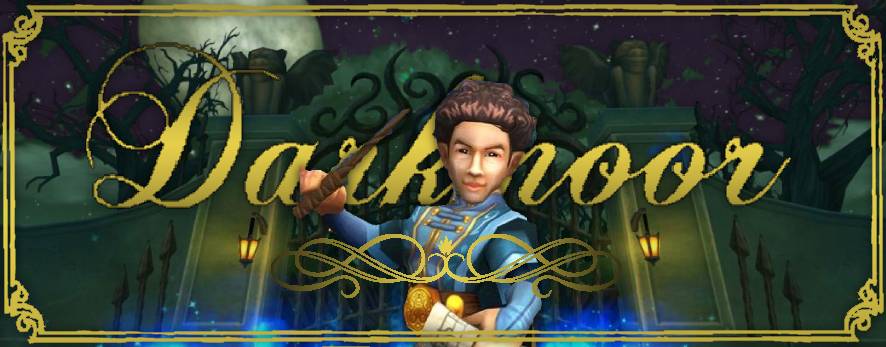
In the first Wizard101 arc we learn the story of Malistaire and Sylvia. Even in death their love holds them together. A dark and mysterious man in a supernatural castle who goes too far. In Gothic literature this is a common theme. This is only fitting for our Phantom of The Opera esq love story. Let’s us take a look at the magic behind the music in the haunted sequel of this epic love story.
Main Theme

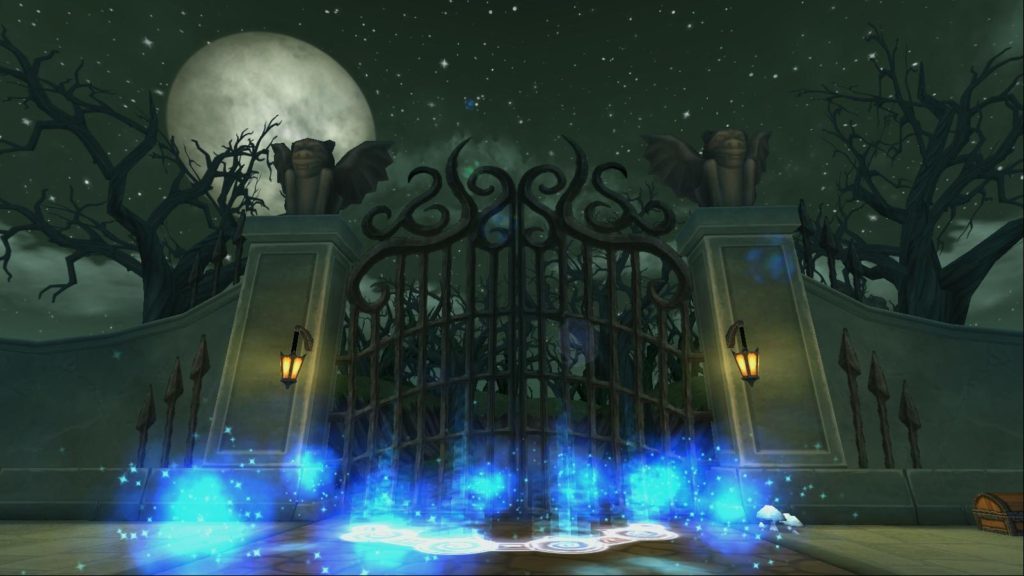
The orchestration begins with an eerie celesta solo accompanied by a shrill violin. The bass instruments soon follow, supporting the established sound. This theme calls and responds throughout the ensemble. It travels to the oboe and harp then follows to the flute and pizzicato strings soon after.

The choir and chimes enter at 00:39 seconds in. They trade off beats as the brass and strings emphasize the modulation of a minor chord to a major chord. This repetition develops into a different minor chord. This sets the mood of the dark essence of a Gothic castle.
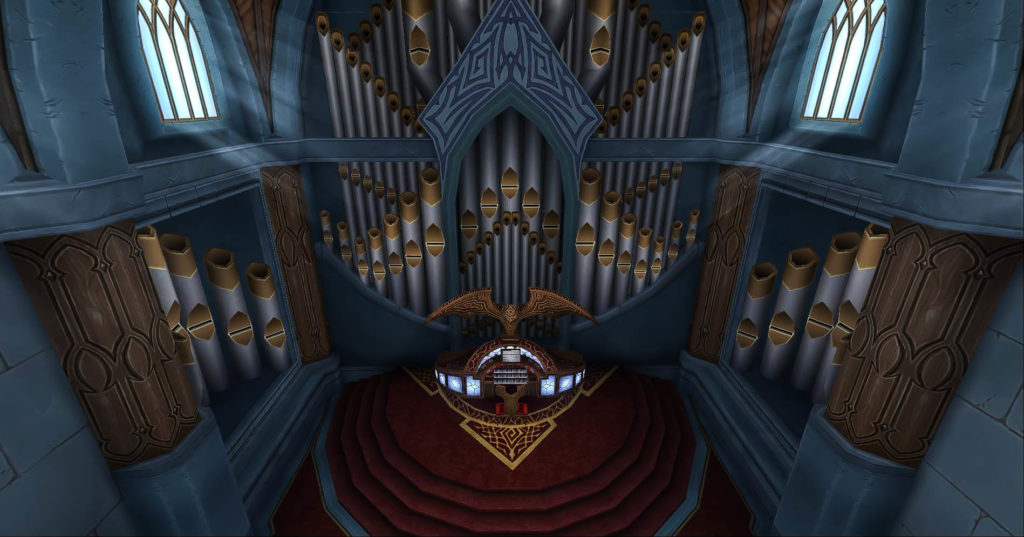
We continue with a waltz which uses the same texture as before until timestamp 1:13. This is where we enter a Marleybone style orchestration with more organic sections. A change from the block-style Darkmoor tends to use. Then we jump back into the familiar melody introduced at the beginning. The orchestration lightens with several solos before its return to the start.
Tense Theme
The timpani, contrabass, and bassoon begin this section in a low rumble. They solo before the harp’s tone cluster 00:10 seconds in that introduces the high strings.
The alto flute introduces a maniacal theme, doubled by the grandiose pipe organ. This instrument is a familiar feature in pop culture when exploring the Gothic era and its music.
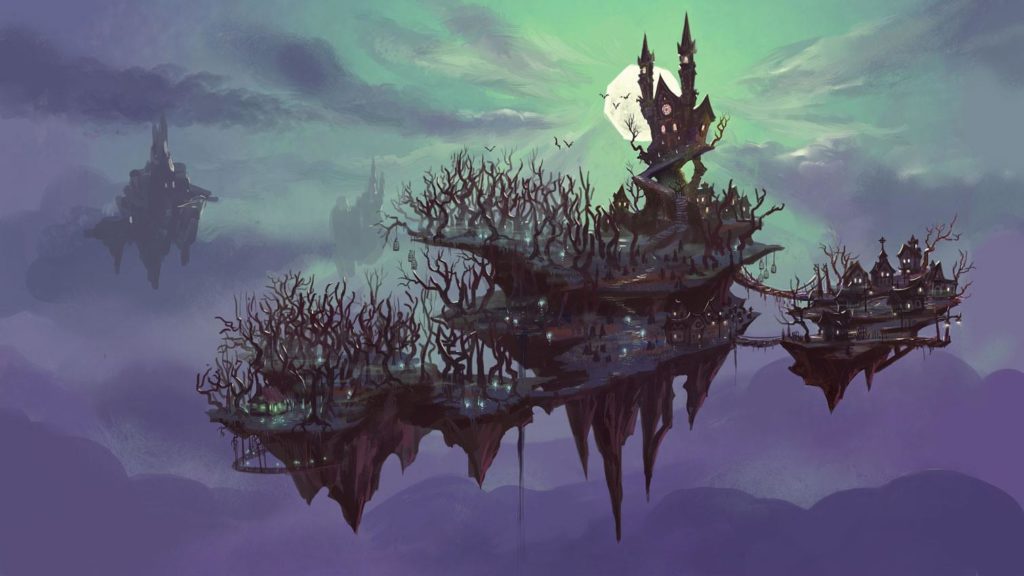


Timestamp 00:27 surprises us by clustering the tones within its chord progression. In the midst of this dissonance, a waltz occurs. The melody is a whisper, stressing tension on the non-chord tones. The bass line becomes overpowering. This reflects the feelings of our Wizard in the quest to conquer Castle Darkmoor.
The next section sneaks in, with arpeggiation in the woodwinds, celesta, and pizzicato strings. The music sneaks around the castle in espionage and exploration. The beginning theme returns in solo instruments, like a hollow echo of what came before.
Reunited Theme
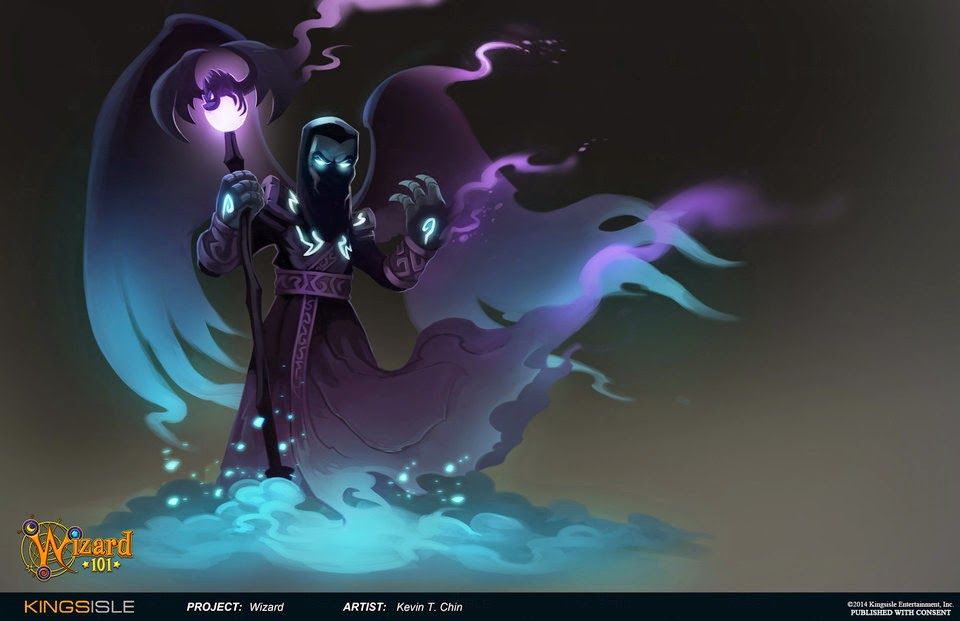
A short piece plays in the Darkmoor reunion scene when Malistaire and Sylvia reunite. This is where they may finally be at rest together.
At timestamp 00:15, the upper strings enter the scene with the first violin sustaining a high note. This reminds us of the start of the main theme. The second violins and violas harmonize on the offbeats, swelling into them. We progress into a major modulation before the music halts into silence.
We continue as before, except now moving onward to a darker minor chord. The timpani interrupts, crescendoing into a tutti section of the ensemble. The great pipe organ swells in a twelve-tone row. In this form atonality all twelve keys are equally presented.
The romantic music begins at 00:58. The romance derives from tension tones added to chord. This makes us feel that we are wanting resolve. It is this tension that makes us expect something brilliant to happen at the climax of the music. Often, it’s a kiss. Here, it’s the finality of death as Malistaire and Sylvia cross to the other side of the veil. Together forever.
Large brass fanfares and orchestral jubilation continue as we say goodbye to Malistaire. Third times the charm, am I right?

Thank you, Starlights, for venturing with me through the Gothic music of Castle Darkmoor.
Disclaimer
Please note: I transcribed the music from the original/classic mode music scrolls. Not all of my transcriptions are 100% accurate, but they are close and the rhythm is properly notated
